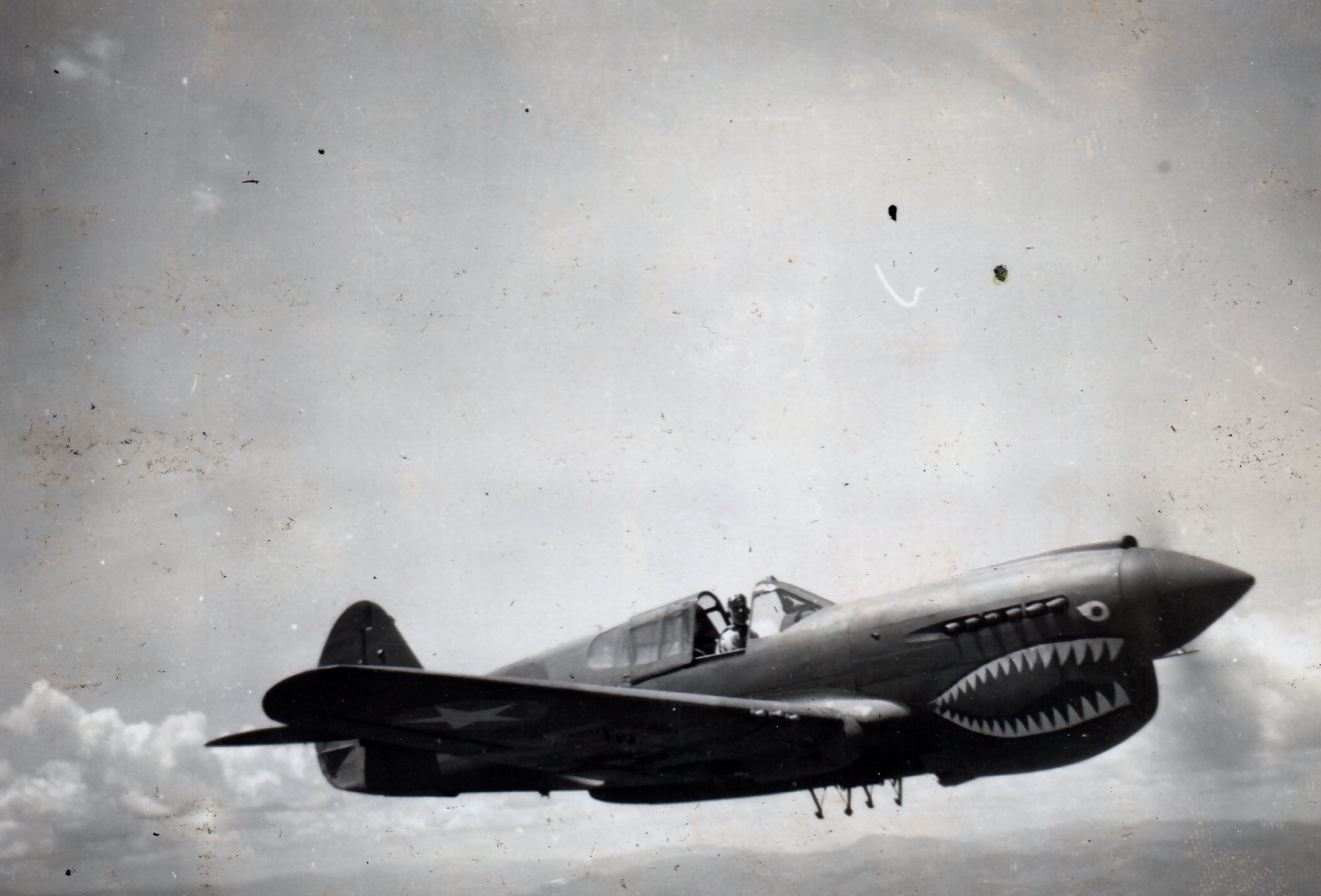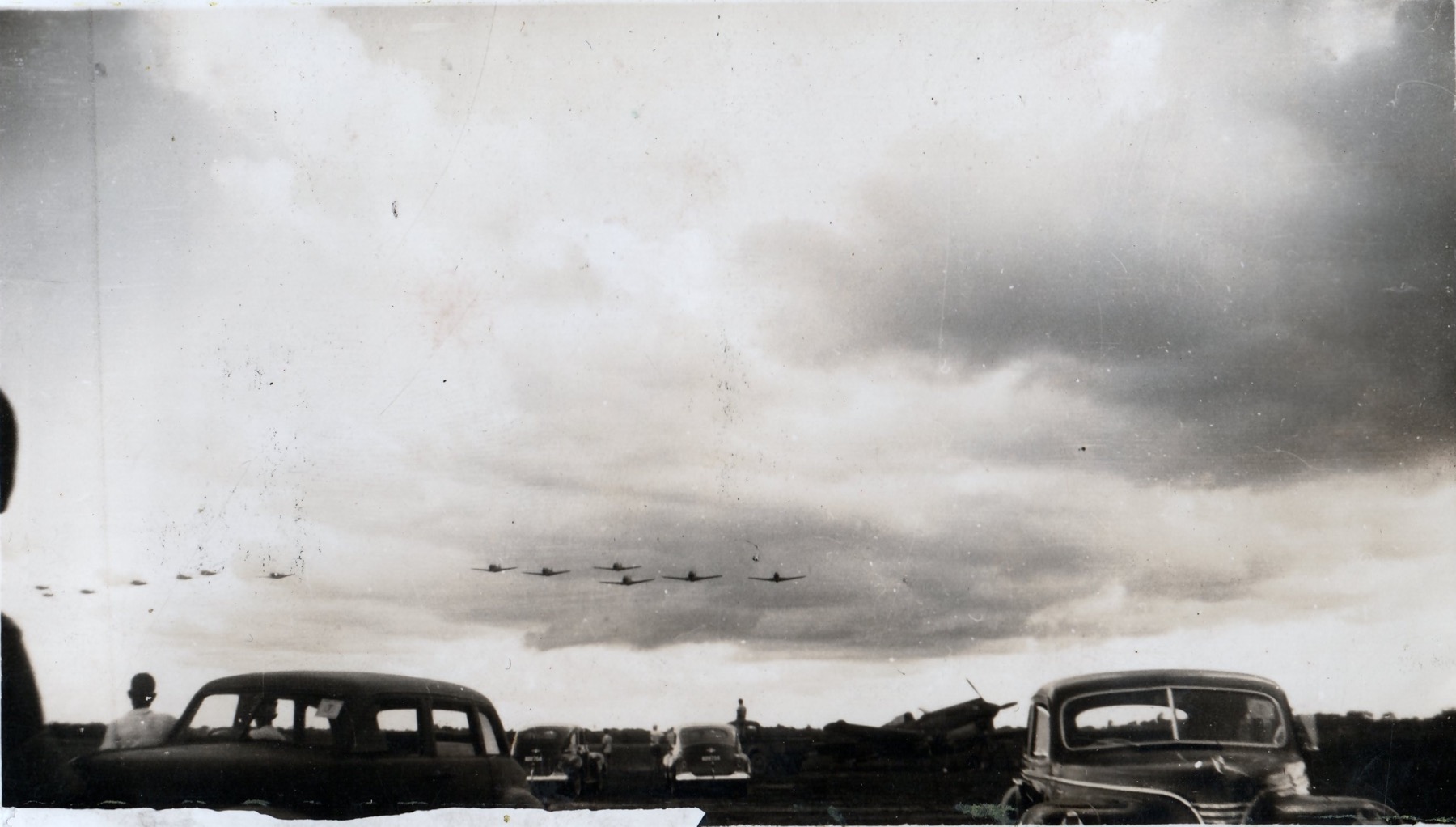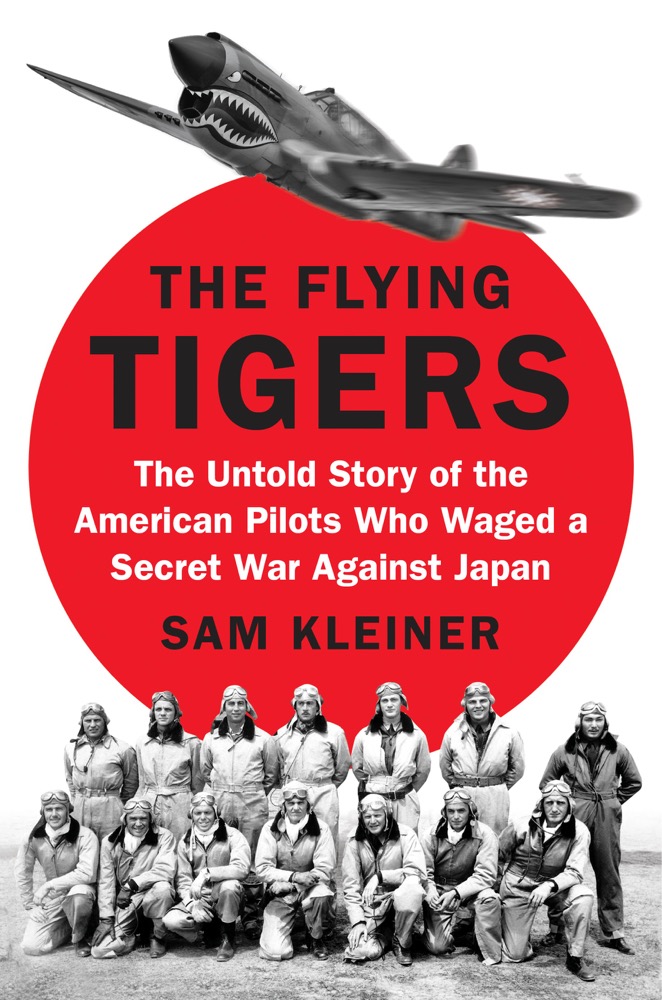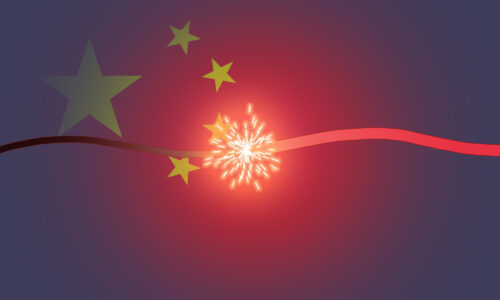‘The Flying Tigers’ excerpt: Roosevelt’s quest to get American fighter planes to China

Editor’s Note: They flew missions for only less than a year, but the Flying Tigers — technically the First American Volunteer Group, consisting of 311 people, including 99 pilots — became one of the most legendary air force units of all time, thanks to impressive combat records and their now-iconic shark-faced plane art. It was headed by Claire Lee Chennault, who would write in his memoir Way of a Fighter: “I believe that the best teaching of my career was done in that teakwood shack at Toungoo, where the assortment of American volunteers turned into the world- famous Flying Tigers, whose aerial combat record has never been equaled by a group of comparable size.”
But before the Flying Tigers could help China fight the Japanese, it was incumbent upon President Franklin D. Roosevelt to actually get the planes halfway around the world, during a time before the U.S. had formally declared war. It was a tricky proposition…
The following is an excerpt from The Flying Tigers: The Untold Story of the American Pilots Who Waged a Secret War Against Japan (Viking; Penguin), a new book by Sam Kleiner that tells the story of the American volunteers who would become heroes in two countries — the U.S. and China. Photos courtesy of the family of JJ Harrington.
Roosevelt “hankered after the near impossible, hurting Japan without provoking war,” as historian Joseph Persico aptly put it. Roosevelt sensed that a war was coming, and he was becoming irate about Japan’s indiscriminate bombing campaign in China. Though the public largely wanted to avoid entanglement in the battles raging across the Atlantic and the Pacific, Roosevelt increasingly came to see American involvement as inevitable. The isolationist Congress had tried to restrict the shipment of war materials abroad, but it didn’t faze Roosevelt. He wanted to send planes to Great Britain for what he called “combat testing.” These shipments of military material to Great Britain proved controversial — one general warned that “everyone who was a party to the deal might hope to be hanging from a lamp post.”
As 1940 came to a close, it was increasingly clear that the conflicts across the two oceans were part of one war. The Japanese, Germans, and Italians had signed an alliance, the Tripartite Pact, in September 1940. As far back as 1937, Roosevelt had spoken out against the “epidemic of world lawlessness” as these nations launched aggressive attacks, and called for their “quarantine.” For some time, Roosevelt felt that he could only go so far. He told an aide, “It’s a terrible thing to look over your shoulder when you are trying to lead — and finding no one there.” Now, with his election to a third term in November 1940, Roosevelt was emboldened: he had accomplished a feat no president ever had before. Providing planes to China would undoubtedly stir the fury of Japanese leaders, but structuring it as a purely commercial transaction would give the White House some plausible deniability about the plan. This had to be done in such a way that the United States could deny any involvement in the whole operation. In one meeting, [U.S. Secretary of the Treasury Henry] Morgenthau [Jr.] emphasized the secrecy of the arrangement: “As you know, Mr. Soong [Chinese Minister for Foreign Affairs T.V. Soong], if what I am saying to you now ever appears in the paper or you ever say you talked to me about it, I will just say I never saw you.”
In fact, news of the negotiations had started to get out, threatening to blow up the agreement. The New York Herald Tribune ran a front-page story reporting that “Maj. General Peter Mow, head of the Chinese Air Force and China’s outstanding pursuit pilot, is in Washington talking with those in charge of the defense program.” The paper even reported that “Clare Chennault” was with him and they were having conversations with Morgenthau about getting planes for China — the sort of details that the reporter could only know from an insider who leaked them. Just weeks before, a Japanese spokesman had warned that any aid to the Chinese would “endanger the peace of the Pacific” and that the plan “would be very dangerous for both Japan and America; only god would know the fate of American planes and pilots if they flew over belligerent territory.” The source of the leak had been [head of Chinese air force Major General Peter] Mow himself, who had come to the United States to help with these negotiations and had carelessly mentioned to the Tribune reporter why he was in Washington. Soong was said to have been so angry that he told the officer: “Here is a pistol. You are a soldier. You know what to do.”
But concerned about the bad press that would come with a Chinese general killing himself in Washington D.C., Soong gave Mow a reprieve. Morgenthau was more amused about the leak than angry, and told the story to Roosevelt, who “liked it very much” and said he might start telling the tale.
The plan proceeded in secret, but Roosevelt had become increasingly vocal about his opposition to the Axis powers, and he was determined to signal in one of his Fireside Chats that America wasn’t going to remain neutral forever. On the evening of December 29, 1940, the president was wheeled into the diplomatic reception room at the White House. Speaking to millions of listeners across the country, Roosevelt announced: “Never before since Jamestown and Plymouth Rock has our American civilization been in such danger as now. For us this is an emergency as serious as war itself. We must apply ourselves to our task with the same resolution, the same sense of urgency, the same spirit of patriotism and sacrifice as we would show were we at war.” While his speech focused on the situation in Europe, he made certain to add that “in Asia, the Japanese are being engaged by the Chinese nation in another great defense.” The address would be remembered for his description of America as the “arsenal of democracy,” which could assist the Allies with “planes and ships and guns and shells.”
Roosevelt mentioned “planes” five times during the speech.
In early 1941, the first batch of P-40s were crated at the Curtiss-Wright factory, moved onto railcars, and shipped to the harbor in Weehawken, New Jersey, where they were loaded on a Norwegian freighter. On Chennault’s first night back in the United States, Joseph Alsop had said that the whole scheme was “impossible,” but on February 19, the ship carrying the P-40s departed on its three-month trip to Rangoon, Burma. William Pawley’s CAMCO would assemble them at a facility there and soon they’d be ready for battle in the skies of China.
From The Flying Tigers by Sam Kleiner, published by Viking, an imprint of Penguin Publishing Group, a division of Penguin Random House, LLC. Copyright © 2018 by Samuel Kleiner.







